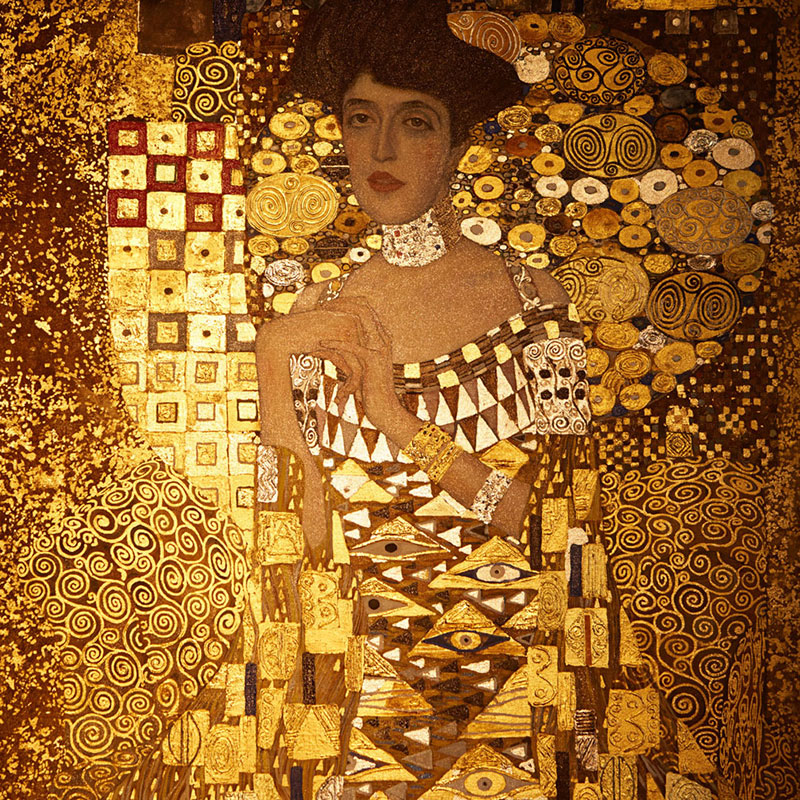Under a well-meaning but conflict-ridden imperial government, a deep fault line had emerged in Central Europe’s capital by the end of the 19th century. The public life of Vienna—its demographics and politics—had changed profoundly, and its cultural life—architecture, music, visual arts, and literature—both reflected and contributed to the upheaval. By 1900, the clash of polarities between tradition and the new had transformed Vienna from a proud and open metropolis to a city psychically troubled. Humanities West explores the modernist side of Vienna’s split personality, when a conflicted Vienna gave birth to emergent modernism and some of Europe’s greatest artistic treasures.
“Vienna, that scrollworked bastion, smoldered with more demons of the future than the most forward-minded cities of the West.” Frederick Morton, A Nervous Splendor
Friday, November 4, 2016, 7:30 to 9:30 pm.
Late Imperial Vienna: A metropolis of contrasts and conflicts / Gary Cohen (History, U Minnesota Twin Cities). We see Vienna around 1900 as a major cradle of twentieth-century modernist Western culture. Other major cities also gave birth to modernist breakthroughs, but Vienna produced a particularly rich concentration of innovators in psychology, philosophy, economics, architecture, art, music, and literature. The stark contrasts and conflicts of life in Vienna 1900 gave impetus to modernist innovations. The city enjoyed a rich cultural heritage, and its two million residents came from all over the multinational Habsburg Empire. The belated development of modern finance, industry, and commerce left small farmers, craftsmen, and shopkeepers reeling. The old pillars of Austrian society—the Habsburg dynasty, the aristocracy, and the Catholic Church—remained, but the democratizing forces of socialism, populist radical nationalism, and Christian Social politics challenged them. Many enjoyed the comforts of Viennese cafes and walks in the Vienna woods, but reports of labor protests, nationalist demonstrations, and mayhem in parliament filled the newspapers long before the catastrophe of World War I.
Lecture/Performance: City of Musics: The Twilight of Tonality / Bruce Lamott (Philharmonia Baroque). Vienna, the City of Music, became a City of Musics when the classicism of Brahms, the futurism of Wagner, the expressionism of an audacious new generation, and the nostalgia of operetta collided at the end of the 19th century. Viennese audiences could suit their taste with an unprecedented variety of musical styles, but often defended their choices with spirited and sometimes amusing fervor. Featuring chamber music by Johannes Brahms, Richard Strauss, Anton Webern, and Oscar Straus, with Helene Zindarsian (soprano), Robert Howard (cello), Keisuke Nakagoshi (piano).
Saturday, November 5, 2016, 10:00 am to noon and 1:30 – 4:00 pm
Literary Modernism in Austria / David Luft (Humanities, Oregon State U). The discussion of Vienna 1900 has been powerfully shaped by Carl Schorske’s analysis of the liberal era in Vienna and by his strong interests in music and the visual arts, as well as psychoanalysis. Professor Luft shifts the emphasis away from the aestheticism and decadence of the fin-de-siècle to the early 20th century, especially “the generation of 1905.” He underscores the powerful role of literary modernism in this generation and points to the broader context of Viennese intellectual life in Austria, positing an ethical vision of literature and its possibilities for transforming modern life. He emphasizes the roles of Schopenhauer and Nietzsche in Austrian intellectual life after 1900—not only for the novelists, but for Wittgenstein and Freud as well. The essayists and novelists of early twentieth-century Austria represent a highpoint of the German language and one of the great moments of world literature.
Change from the Margins: Women, Jews, and Everyday Life in fin-de-siècle Vienna / Lisa Silverman (History, U of Wisconsin Milwaukee). Although best known for its world-renowned innovations in music, art, science, literature, fin de siècle Vienna was also shaped by the everyday lives of those who developed and sustained its social, cultural, and intellectual currents. Professor Silverman examines the ways in which cultural motifs shaped how Austrians articulated their responses to society’s changing conditions. Often, those without power, including women and Jews, successfully adapted to or resisted on a daily basis the rapidly changing ideologies around them. An examination of their experiences reveals that everyday life can be a fascinating and important basis for understanding social change.
Passion, Obsession and Betrayal: The Art of Gustav Klimt and Oskar Kokoshka / Kayleen Asbo (Psychology and Music, SF Conservatory of Music). While on the surface the works of the two most scandalous painters of fin-de-siècle Vienna could not be more different in technique and style, Symbolist Gustav Klimt and Expressionist Oskar Kokoshka both were driven to depict Eros and Tod (death), the twin drives that Freud was to famously posit as the basis for civilization. Both men also shared an obsessive fascination with Alma Mahler, who became the muse for their creations as well as the cause of their most infamous behavior. From the glittering mosaics of golden women to the raw and blistering Bride of the Wind, the intensely erotic portraits of the feminine by both artists were laced with symbols of death, doom and despair.
The Question of Art in Viennese Architecture / Mitchell Schwarzer (California College of the Arts). At the turn of the twentieth century, several Viennese architects proclaimed that the status of art within architecture had reached a point of crisis. Among them, Otto Wagner, Josef Hoffmann, and Adolf Loos agreed that the transformations of industrial culture—rail transportation, factory production, urban commerce, and middle-class social dynamics—demanded artistic responses from architects that went far beyond the surfacing of buildings in costumes of historical ornament. But how could art’s role in building design be reinvented? This lecture explores three astonishingly different solutions to this question: Wagner’s aim to develop ornamental responses in parallel with iron technology; Hoffmann’s proposal to harmonize aesthetically all aspects of building and life; and, finally, Loos’s manifesto to banish art from architecture.
Panel Discussion. Q&A with the presenters
Download this program’s postcard: HW Vienna Postcard FINAL
